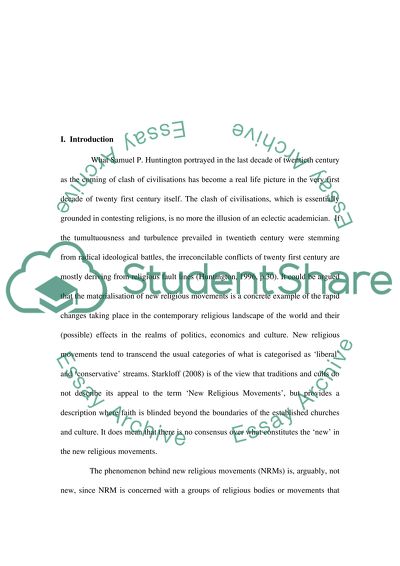Cite this document
(“New Religious Movements Essay Example | Topics and Well Written Essays - 2000 words”, n.d.)
Retrieved de https://studentshare.org/religion-and-theology/1507745-new-religious-movements-essay
Retrieved de https://studentshare.org/religion-and-theology/1507745-new-religious-movements-essay
(New Religious Movements Essay Example | Topics and Well Written Essays - 2000 Words)
https://studentshare.org/religion-and-theology/1507745-new-religious-movements-essay.
https://studentshare.org/religion-and-theology/1507745-new-religious-movements-essay.
“New Religious Movements Essay Example | Topics and Well Written Essays - 2000 Words”, n.d. https://studentshare.org/religion-and-theology/1507745-new-religious-movements-essay.


